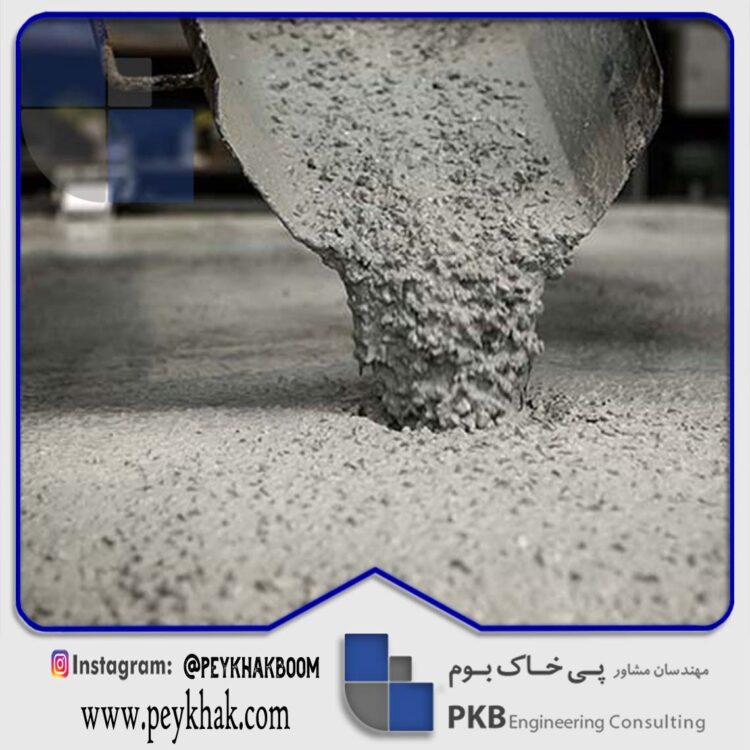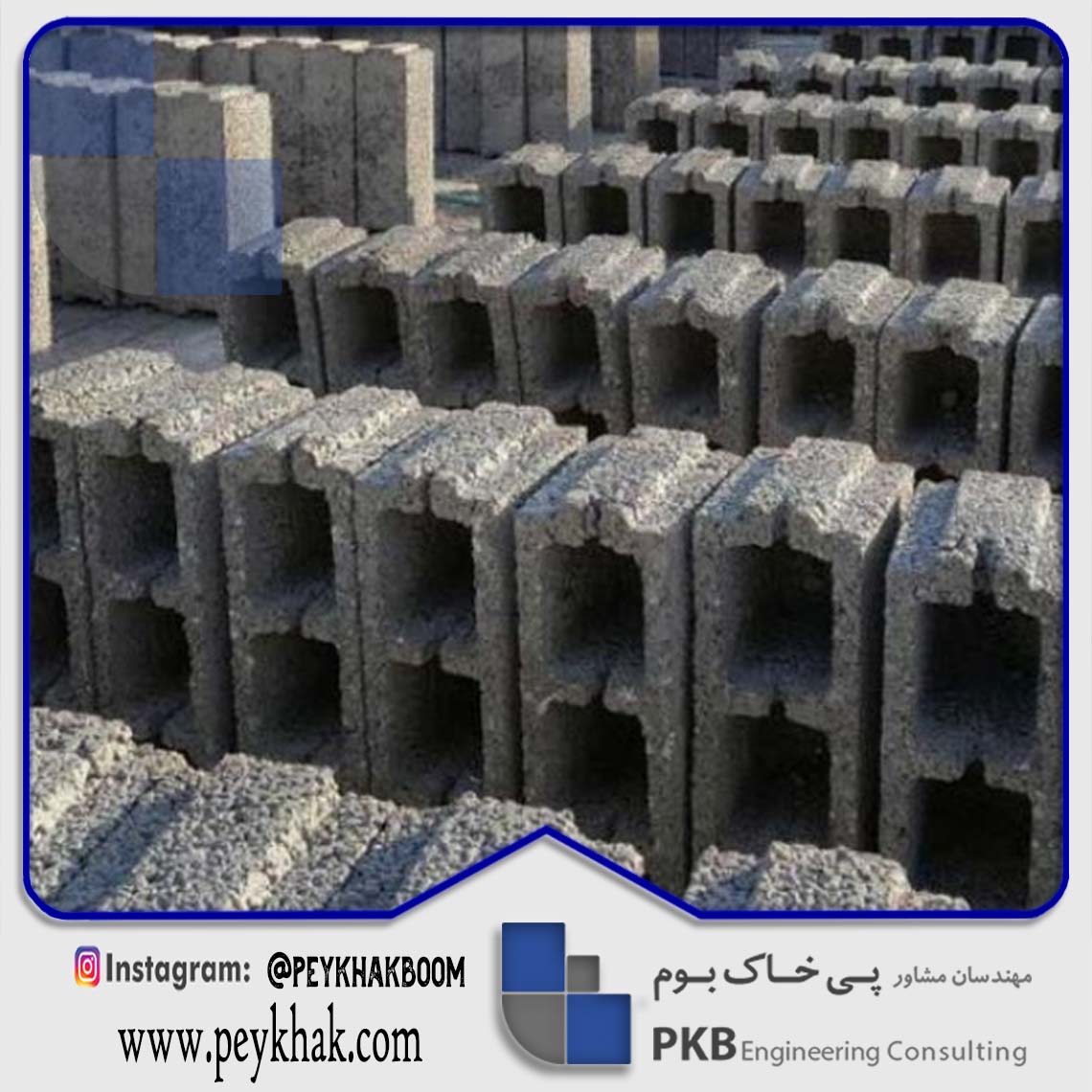Perhaps one of the aspects that is often overlooked or less overlooked in the design of a structure is the choice of materials and construction products. The importance of choosing the right construction products is very important and this plays an important role in the success or failure of a building. Even the use of standard building products has a significant impact on home prices, and each of us has probably heard about the quality of our housing and its price at least once when buying a home or mortgage and renting it.
In our country, the Ministry of Roads and Urban Development has enacted the technical and engineering aspects of building and national regulations governing the technical and engineering aspects of building, and compliance with these rules is essential for all construction activists.
Although these regulations are presented in various categories such as the standards defined for each material, its specifications and technical specifications, its adaptability to its construction and its type of packaging and maintenance, we present in this article from Keyword Magazine to the Materials Safety and Health Environmental Some of the building products used in building a building are:
A few items of construction products
Generally, for the construction of a structure, the technical specifications of construction products must be standardized and materials that have quality certification must be used.
Hydraulic Cement
This type of cement is very sticky and hardens in combination with water or its proximity (also air). Thus, by definition, hydraulic cement is waterproof and does not perish in the face of water.
Materials safety and environmental considerations of hydraulic cement
This type of cement contains a small amount of live lime and other alkaline oxides, so it can be harmful to the skin and eyes, and dust in the air can cause respiratory problems. Therefore, cement should not be dispersed in the air.
When using cement, people need to wear gloves, glasses, masks, and long sleeves to prevent it from impacting different parts of the face and body.
If the cement comes in contact with damp skin or eyes, it should be washed off with plenty of clean water as soon as possible. In case of prolonged exposure to cement, it is advisable to use dilute vinegar solution to wash the skin after the area has been rinsed.
Plaster and its products
Plaster is a building adhesive that is white in color, if pure. If gypsum is cooked at low temperature and in laboratory conditions, gypsum is obtained.
Material Safety and Environmental Considerations of Building Plaster
In structures that use building plaster, workers also use shoes, protective boots, gloves, masks and safety clothing. Also, be careful when loading the construction plaster so that the envelopes are not torn and dust is not created.
Building plaster compatibility with other materials
Building plaster products, especially in wet areas, should be covered with stainless steel if exposed to steel.
Building plaster and its products in related areas, such as the northern cities of the country, should not be directly adjacent to concrete or cement products.
Construction mortars
Generally, a paste that is created by mixing adhesive and filler is called fresh mortar. This adhesive can be cement paste and the filling material can be like fine aggregates.
Mortar is used in construction to glue building materials together. Mortar provides the necessary bedding for plastering, plastering and bonding.
Materials safety and environmental considerations of building mortars
Since lime mortar is often used in construction, hydrated lime is best used, and due to lime damage to the skin and eyes, it is necessary to consider the safety of materials and individuals and to avoid lime contact with the working skin. Prevent action.

Compatibility
Lime, due to its composition of ingredients, causes corrosion of metals such as lead, aluminum and zinc. For this reason, it is necessary to coat metal materials with appropriate materials before placing them in calcareous mortar.
Building stones
Stones are one of the most commonly used materials in construction. Sometimes the stones are used as blocks and sometimes cut to decorate the floor and floor.
Natural stone consists of one or more minerals and is a synthetic stone made from a mixture of aggregates, adhesives and additives.
Materials safety and environmental considerations of masonry stone
Cutting stones should be done indoors using water.
The use of stones in buildings should never endanger the health and health of people and the environment. If it is likely that harmful radiation is emitted from the stone, it is necessary to examine and test the stone.
Stones are compatible with all construction products.
Ceramic tile
This product is used for floor and wall covering and decorative items. Ceramic tile is manufactured with different properties and systems and is a combination of different minerals.
Materials Safety and Environmental Ceramic Tile
Glazed tiles contain some compounds such as lead oxide and cadmium that are harmful to the environment.
Warehousing and painting of tiles should include safety helmets, work shoes and boots, and staff should be provided with personal protective equipment.
Like stone, tiles are no longer incompatible with other building products.
Bitumen
Bitumen is a hydrocarbon material that is produced from complex chemical compounds of organic hydrocarbons. It is solid and semi-solid at ambient temperature but flows with increasing temperature. Two important properties of bitumen that make it used in the construction industry are its adhesion and resistance to water penetration.
Materials safety and environmental considerations bitumen
The most important safety issue in using bitumen is choosing the right temperature for heating and consuming it. This temperature varies depending on the bitumen.
Maximum use of 176 degrees Celsius is permissible for pure bitumen. This temperature depends on the concentration of dissolved bitumen. For dilute bitumen, pass 30 to 50 degrees Celsius, and for the thicker bitumen, the limit is between 80 and 115 degrees Celsius.
Compatibility
The compatibility of this construction product depends on many factors such as climate, climate and average ambient temperature. Traffic passing through this material also has an effect on its compatibility.
Thermal insulation
Thermal insulation is used in construction to reduce heat transfer. Due to the chemical compounds used in thermal insulation and its physical structure, the resistance of thermal insulation varies. In general, the thermal insulation resistance is more than 0.5 m 2 Kelvin and its conductivity is less than 0.065 w m.
Glass wool, mineral wool, stone wool, slag wool, cellular plastics are some examples of thermal insulation classifications.

Materials safety and environmental considerations Thermal insulation
Since mineral wool insulators are capable of causing itching and skin sensitivity in individuals, it is necessary to use this type of thermal insulation with gloves.
Mineral wool, though non-flammable, burns if they are in the middle of paper.
Wood and its products
To use wood as a construction product, it must be used as follows:
Natural, saturated, modified, layered or multi-structural. Wood is used to build skeletons of wooden buildings, door and window frames, fences, flooring and more.
The important thing about wood safety is that wood should not be used in an environment where there are caries.
Iron and Iron Products and Welding Materials
Pure iron cannot be used for building construction. Iron is used in the form of steel, cast iron and a combination of multi-metal and non-metal construction. The definition of welding in the building industry is also the operation of bonding between two metals with the help of electric arc heat.
Welding properly requires a thorough understanding of the welding materials.
Iron safety and environmental considerations
During the forging and cutting of iron, it is essential for workers to wear safety goggles and masks as they are very likely to cause injury to the face and eyes by throwing iron cuts.
Iron compatibility
All steel parts need protection against corrosion and rust.
For cases where steel is more likely to rust, such as sewage and drainage pipes, cast iron is required.
In wet areas, steel nuts, sheets and nails need to be coated.
Result
Using different ideal construction products in designing your next project will affect you in many ways. Therefore, to avoid potential problems in the future, it is best to take the time to examine the details of the different materials and to know their safety-related issues at work.

